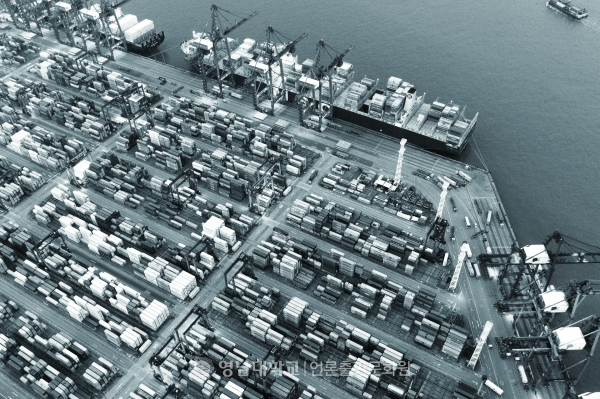
Have you ever received a sandwich without lettuce or a hamburger without fries? The supply chain mess continues because of COVID-19, and recently, the ingredients needed for our meals are frequently reducing or gradually becoming more expensive. You might feel that meal prices have risen. The Food Price Index (FPI), released monthly by the Food and Agriculture Organization of the U.N. (FAO), recorded 135.7 in January 2022. It is the highest since 2011. These problems originated from disruptions caused by the pandemic.
Goods in the market are insufficient. As each country releases money to the market, excessive demand has appeared by increasing consumption. Production is not catching up with consumption. Also, there are no workers to move goods. Each country blocks borders to block the spread of COVID-19. Consequently, the goods are jammed in ports. According to Sea-Intelligence, a Danish shipping analysis company, the port congestion index of Europe reached an all-time high level of 49 (as of January 11, 2022). It increased by 78% compared to the same period last year. North America’s port congestion index was 40, increased by 60% from last year. The larger the congestion index, the fewer ships move at the port. As Major ports stopped, logistics difficulties increased. Besides these two aspects, other problems overlapped, creating a problem of higher logistics costs.
There is a reason why Korea is expected to be hit harder. Korea’s food self-sufficiency rate is 45.8% (as of 2020), even 10.2% excluding rice. The figure is lower than other countries; Australia 416%, France 203%, the United States 162%, and Canada 147%. Considering Korea’s climate and land size, it is natural, but rising logistics costs will hurt more than other countries.
Inflation with logistics costs can already be felt. Franchises limit buying fries because of disrupted supplies. Coffee shops, canned coffees, and even instant coffees have all increased in price. Most alcohol is also more expensive. The prices of soju were raised, leading to panic buying. It is not just a problem in Korea. Starbucks in the United States is unable to sell drinks due to a lack of paper cups due to delayed imports of disposable cups from China. The long-standing supply chain mess threatens your entire life. Many goods other than those mentioned are tied to ports. It has become a butterfly effect, starting from a crack in the supply chain which now threatens our meals.


